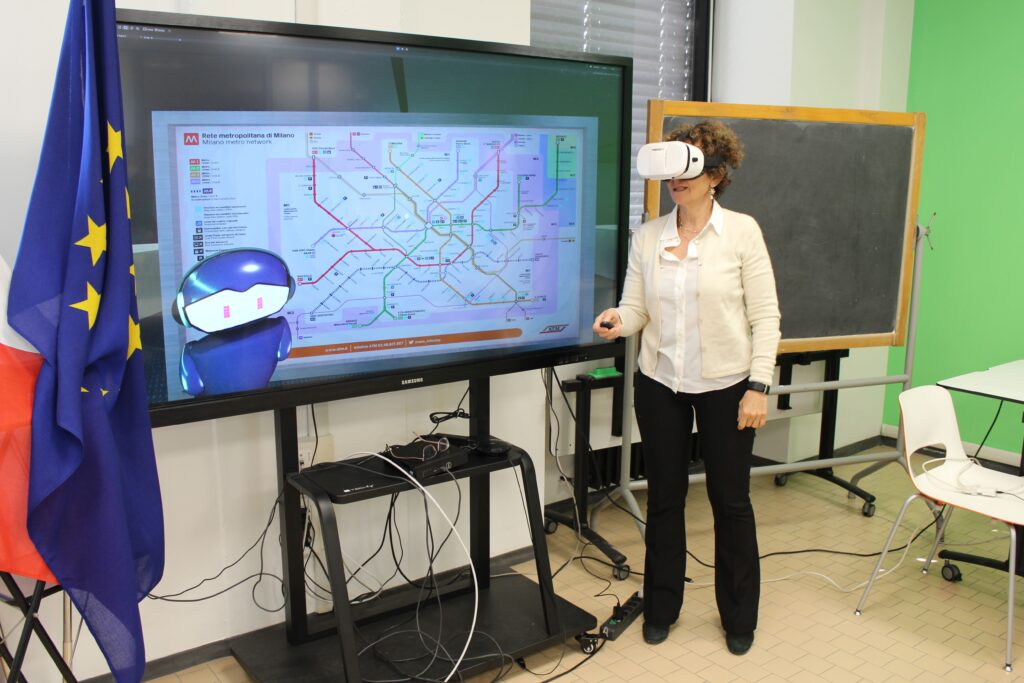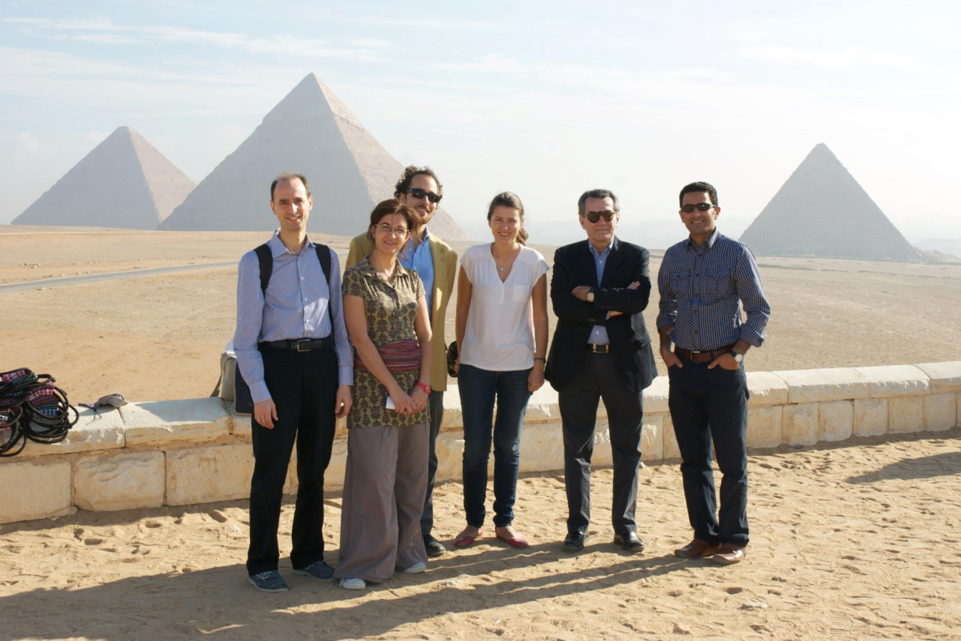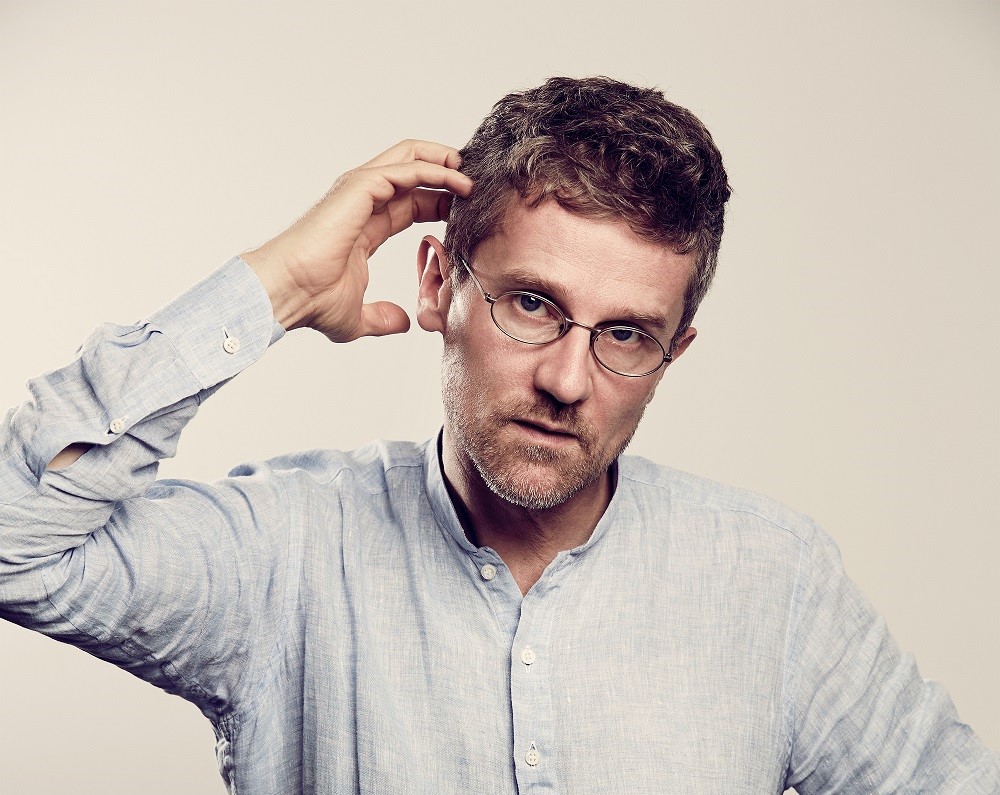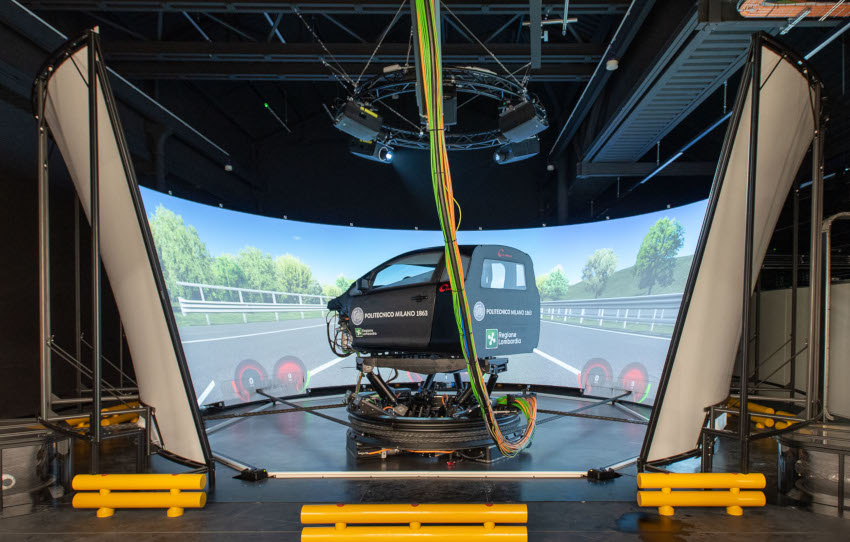A few days ago, we learned that two of Charles Darwin’s notebooks, stolen 22 years ago from the library of the University of Cambridge, have been found.
Imagine the scene: The librarian finds a pink gift bag outside her office door. She opens it, and inside finds a brown paper envelope. The envelope bears a message, a kind gesture that will soon take an astonishing turn: “Librarian, Happy Easter. X.” She opens the envelope to find a blue box inside. Inside this box, something wrapped in cling film. A sandwich? No. It is the notebooks that were found to be missing 15 months ago.
“I was shaking,” said the librarian. And if we think about it, this is precisely the state of mind in which researchers must find themselves when they are faced with a new discovery; when their hypotheses are suddenly confirmed, or totally denied; when in an attempt to find something, they find something else, perhaps even more important than what they were originally searching for.
This issue of Frontiere is also full of surprises. Do you know, for example, that the iron used in one of the daggers found in Tutankhamun’s sarcophagus is meteoric and not terrestrial? Can you imagine Professor Dadda in 1954, transporting Europe’s first university electronic computer on a ship from the United States surrounded by bales of cotton? Do you know the most innovative driving simulator on the market? It is on our campus in Bovisa. Do you know who predicted that “the future belongs to the curious”? You will find out. For now, all you need to know is that he was right.
Because research is not just a calculation, a formula, an ineluctable consequentiality of causes and effects. We must also be willing to be surprised, in order to find what we are looking for. Not surprisingly, it is precisely in one of these refound notebooks that amidst scientific notes and more private reflections, Darwin notes:
But who, in the presence of the Earth, covered with splendid savannas and forests, would dare to say that the intellect is the only purpose of this world?

5A: technology at the service of society
A virtual assistant that allows people with Autism Spectrum Disorders to move around the city more easily, rendering them more autonomous and improving their quality of life. This is the goal of the 5A project, the subject of research by the I3lab.
The research involves the use of innovative interactive applications based on smartphones and wearable headsets which integrate Immersive Virtual Reality, Augmented Reality and Conversational Agents. In practice, it is like having a virtual friend who accompanies the user around the city, help them to deal with particular situations or make decisions that require a little support.
Voci di Frontiere – Target Zero Emissions
Reducing CO2 emissions, especially in mobility, is one of the challenges of the near future. Will we manage to reach the targets? And how? The star of our podcast is Isabella Nova, professor of Industrial and Technological Chemistry.
From California to the Politecnico: the first”superbrain” in Europe
It was 1951 when the Rector, Gino Cassinis, ordered, with funds from the Marshall Plan a programmed electronic calculator from the Californian company Computer Research Corporation. But it was Luigi Dadda who accompanied it by ship from the US on a daring voyage.
This is the story of the first university electronic calculator in Europe, which arrived at the Politecnico di Milano in 1954. Discover with us what was “the point of departure for new research, teaching and dissemination, which gave rise to Italian computer science,” as Dadda described it.
PHOTONEWS

Works of art are a continuous source of information. They tell us about the world, but they also tell us about themselves.
To understand them better, we can use photonics, which in recent decades has enabled the development of increasingly precise, portable and compact optical and spectroscopic devices, which, without damaging the work, reveal its state of conservation, as well as the technique and materials used by the artist.
Daniela Comelli takes us on a journey through time, punctuated by the extraordinary works on which her research group ArtIS has worked: the daggers found in the sarcophagus of King Tutankhamun, a manuscript from the Trivulziana Library in Milan, Michelangelo’s David and the Pietà Rondanini and paintings by Van Gogh and Picasso.
The Politecnico di Milano is home to the most innovative driving simulator
DiM400 is the most innovative model of dynamic driving simulator existing on the market today, and is currently located on our campus in Bovisa, thanks to co-financing by the Lombardy Region and to the VI-grade design and engineering. It is a unique tool for the development of sustainable mobility.
Trying it first-hand is truly an amazing experience: in the cockpit, there is a large widescreen displaying what we would see in a real vehicle, a realistic vibro-acoustic environment and vehicle controls that give us the same feedback as driving a real car. Thanks to its movements and integrated active systems, we are subjected to exactly the same forces that we would experience in reality.
We made a video to show you how it works.

The future belongs to the curious.
Carlo Ratti, architect and engineer who founded the CRA studio and runs the Senseable City Lab at MIT in Boston, is currently visiting professor at the Politecnico di Milano. In the first lesson of his course, which focused on the ‘Strategic vision for the building Engineering for the future’, the hall was packed with Italian and foreign students who knew that they had before them a guru of the cities of the future, with a fervid and curious mind.
We at Frontiere interviewed him and he talked to us in an engaging and original way about his vision of a contemporary city, the hybridization between natural and artificial, the importance of big data as a tool for interpreting the city and its needs.

